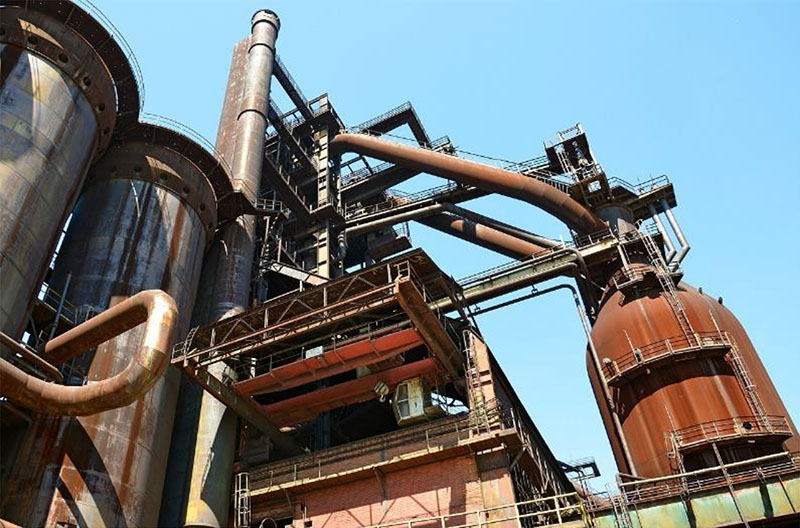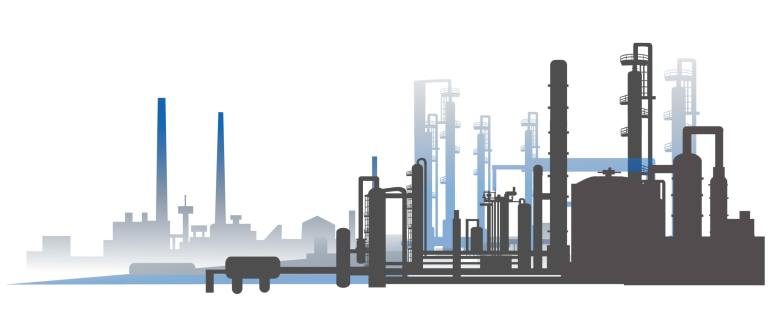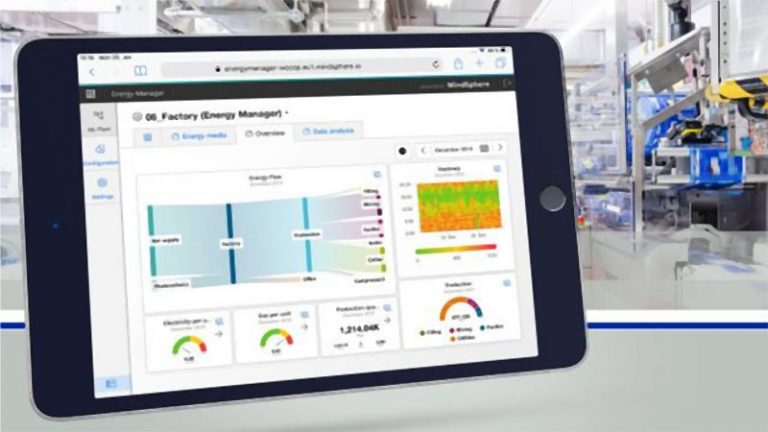Natural gas accounts for more than 30% of industrial sector energy consumption in Indonesia, competing with coal. It means more than 650.000 MMSCF of natural gas consumed by industries in Indonesia every year.
Each industry consumes various volumes of gas, from just 0.5 MMSCF / day to as large as 70 MMSCF / day. Their uses are diverse: process heating, feedstock for producing chemical products or fertilizer, electricity generation etc.
Gas Supply Chain
Natural gas may be shipped in its natural phase by pipeline, Compressed Natural Gas (CNG), or Liquefied Natural Gas (LNG). CNG may be transported by trucks or ships and directly used by the end-user, while LNG may be transported by trucks or ships and must be re-gassed before it can be consumed by the end-user. Finding the most optimum shipping chain is heavily reliant on gas source location, plant location, and infrastructure availability. The shipping chain, along the with the upstream gas production, dictates the end-user gas price.
How To Develop Good Gas Procurement Strategy
Since each industry has its own purposes for buying natural gas, there are several criteria in choosing what gas they would buy, going to as specific as demand for the chemical composition or delivery timing, but almost every industry talks about two criteria: cost and supply reliability.
Cost means the price that the end-user has to pay for the gas plus how much the cost to construct the facilities needed to receive and uses the gas. Gas price buildup comprises of two chains, which are upstream and shipping. Upstream gas price is determined by the gas producer, with constraints such as: gas volume that could be developed; drilling, development, and production cost; and government / contractor split policy. Meanwhile, the gas shipping price is determined by the shipper, with constraints such as: shipping mode; the cost of every infrastructure needed; and the volume of gas delivered.
Pipeline shipping mode is the conventional way of transportation and may be the cheapest mode of all three if the distance between the upstream gas producer and end-user is close enough. CNG shipping mode may be used if there is high cost in constructing pipeline and acquiring permits. LNG shipping mode is usually used if the distance between the upstream gas producer and the end-user is far (could reach global scale) and the end-user buy the gas in large volume. There are some gas distributors that buy gas by LNG shipping mode, regas it, and distribute the gas through pipeline to various buyers.
Supply reliability means how good the gas producer / upstream and shipper secure and keep up with the end-user gas demand during the gas sales contract period. About Sector Service Portfolio Contact regas it, and distribute the gas through pipeline to various buyers.
Supply reliability means how good the gas producer / upstream and shipper secure and keep up with the end-user gas demand during the gas sales contract period.
The end-user must be certain that the gas supplier has enough gas reserve to fulfill the contract quantity during the gas sales contract period and has no trouble in production. On the shipping side, the end-user must be sure that the shipper has reliable infrastructure and good maintenance service.
Conclusion
To develop the most optimum gas procurement scenario, one needs to have the understanding of different gas shipping modes, gas pricing and cost dynamics, and suppliers with reliable supply and service. Having the most optimum shipping mode and gas pricing strategy may reduce gas cost up to 30% a year. Meanwhile having the reliable supply and service can save you from supply shortfall up to a week, that is 3% unused production capacity in a year, caused by only a unreliable gas supplier.




